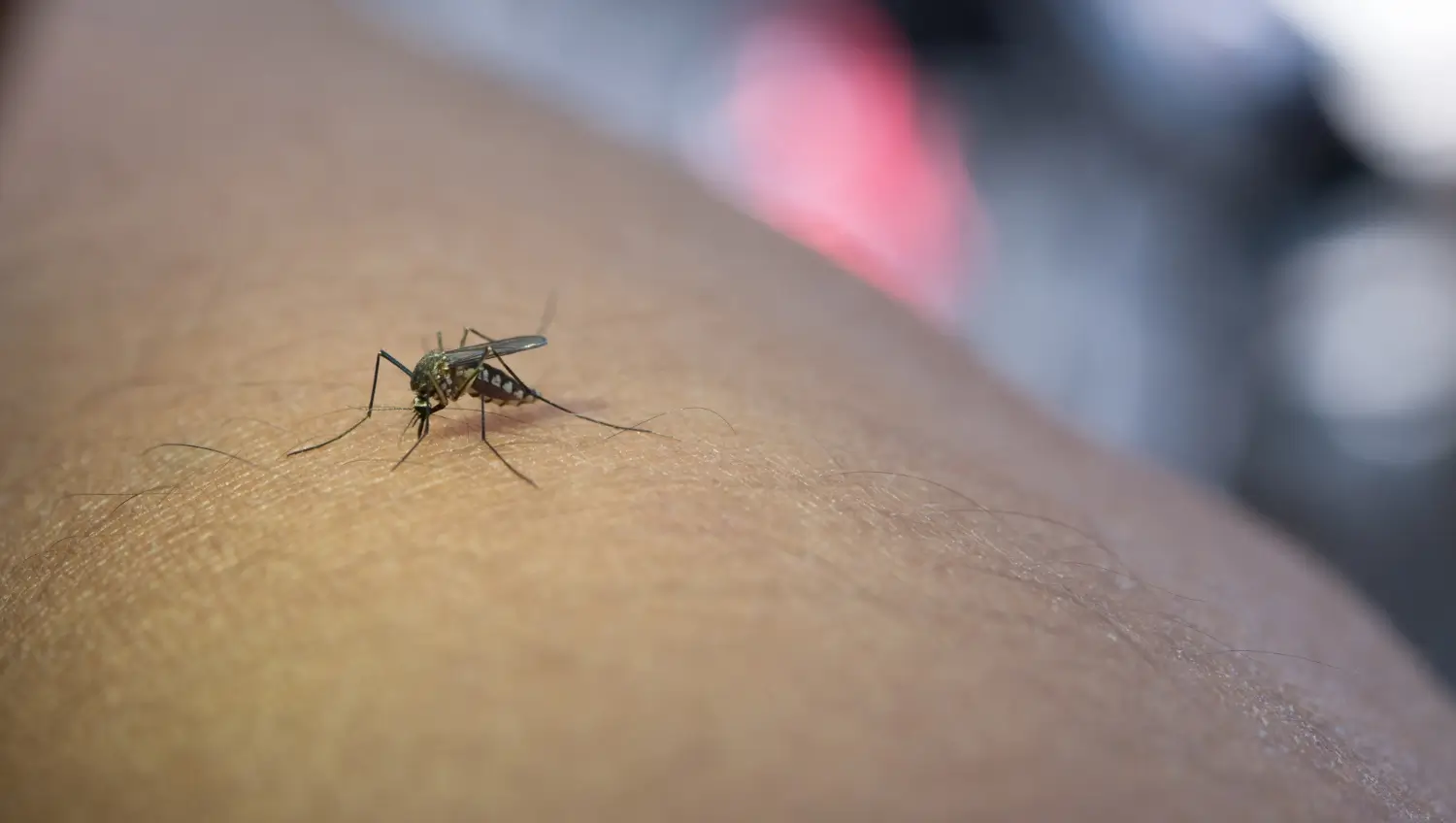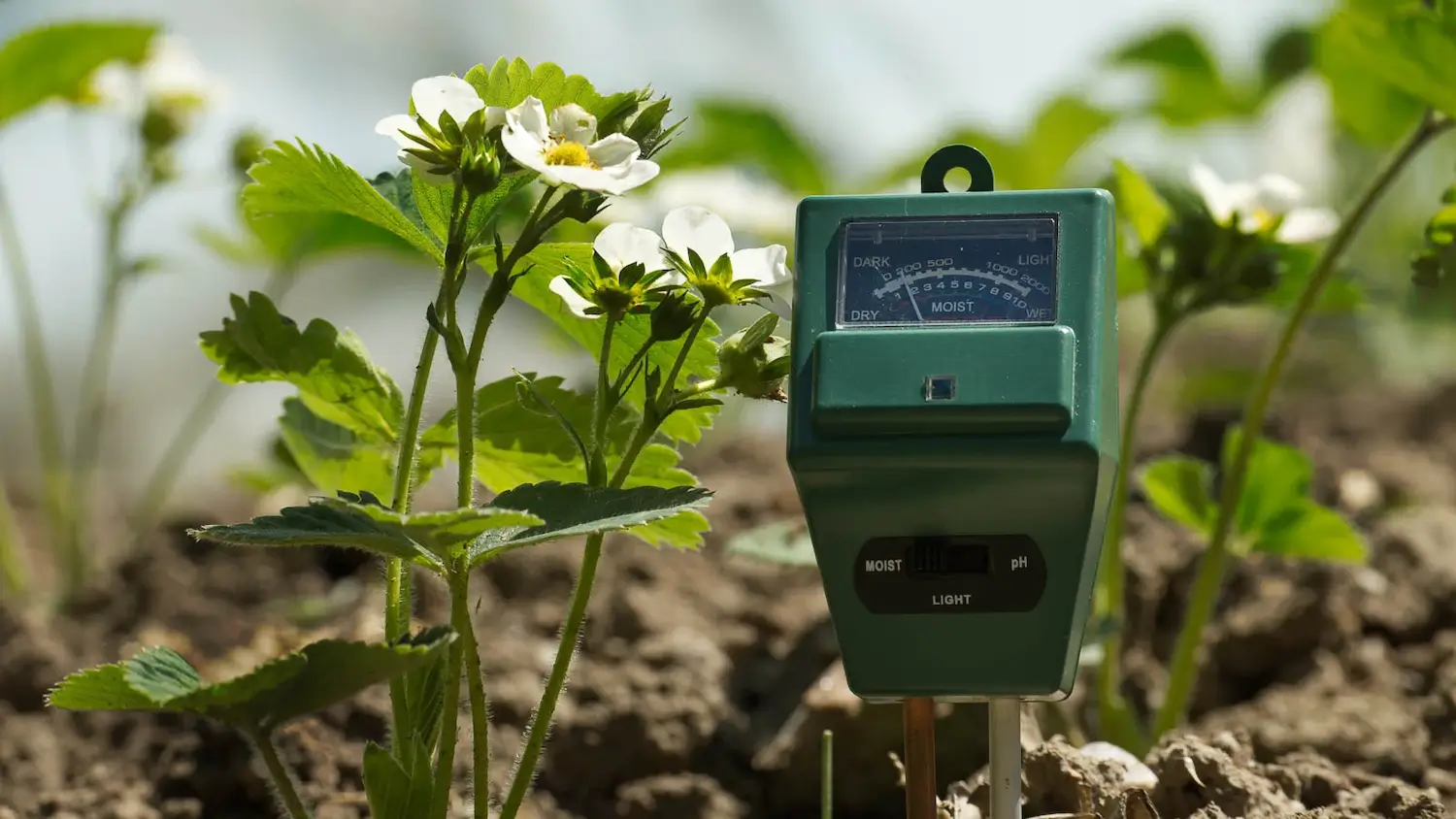
April 29, 2025

Taking care of plants can be fun for many people, but watering them can be a challenge. Too much water can lead to problems like root rot and mold, and too little can dry out plants, making them droop or stop growing. It is often hard to know the best time to water, even when staring at the soil.
This is where a soil moisture meter comes in and solves this problem. This device indicates how wet or dry the soil is, allowing plant owners to water only when necessary. It’s a very simple and handy mechanism to prevent overwatering or underwatering. Whether someone is growing houseplants, vegetables or flowers outdoors, a moisture meter can make the care of plants easier and more precise.
Growcycle offers wide range of soil moisture meters which can also measure accumulation of pH levels, soil moisture and light intensity.
Soil moisture is simply the water contained in the soil. It is the water that enables plants to flourish. This moisture is located in the pores between particles of soil and is absorbed by the roots of plants. Plants cannot sustain without sufficient water. But excessive water can likewise be a danger.
Soil water helps plants in many ways. It also supports root growth, helps transport nutrients from the soil to the plant, and keeps the plant strong and healthy. When there is enough moisture in the soil, roots can grow deep and strong. This allows the plant to take in more nutrients and maintain stability in the ground.
Both over watering and under watering can lead to major headaches. The soil becomes soggy when a plant gets excessive water. Oxygen may not reach the roots, which may rot. Plants that have been overwatered are commonly infected with fungal diseases and may appear yellow or squishy.
But without receiving enough water, a plant will wither. Leaves may droop or turn brown, and the plant will halt growth. Water stress will affect nutrient absorption by plants, and will cause the plants to stretch and become weak.
Plants require a balanced medium, neither too wet nor too dry. This equilibrium allows them to grow correctly and to remain in good health.
The right balance of moisture in the soil allows plants to flourish with even more fruit or flowers. In farms and gardens, this can mean higher yields. Studies show that using tools like soil moisture meters can help farmers save water, increasing crop yields in the process.
Soil moisture meters used by gardeners also report visibly healthier plants and faster growth. These meters let them know the exact moment to water, so they don’t waste water or damage the plants.
These types of meters perform their function based on scientific regulations, mostly electrical attributes. Water is a conductor of electricity, so wet soil allows electricity to flow more easily through it. Dry soil provides a resistance to electricity. This difference is used by meters to determine the moisture level in the soil.
Some meters work on a system related to dielectrics: the soil’s ability to hold an electrical charge. Because water has a high dielectric constant, a high reading means more water is present in the soil.
Here are some common components of a soil moisture meter:
Soil moisture meters come in different types, and each type functions differently.
These meters feature two metal probes that penetrate into soil. Electricity flows easily between the probes when the soil is wet. It doesn’t flow well when the soil’s dry. The meter interprets this flow to reflect how moist is the soil.
Rather than measuring the flow of electricity, these meters examine fluctuations in the soil’s electric field. Wet soil alters this field more than dry soil does. The meter uses this information to provide a moisture reading.
Pros:
These meters have a block made from the soft mineral gypsum with electrodes inside. When in the soil, the block draws water in. The meter then gauges how easily electricity flows through the block to calculate soil moisture.
These tools gauge the tension or pressure that plant roots must exert to extract water from the soil. A tube filled with water inserted in the soil, with a gauge on top indicating how much suction the roots are pulling.
Analog Meters
Digital Meters
These new meters can communicate with smartphones, tablets, or computers via Wi-Fi or Bluetooth. Some send alerts, save moisture data or connect to weather reports.
Using the right type of soil moisture meter can make a huge difference in how well a person grows their plants. These are the key things to look for when purchasing a soil moisture meter:
Soil moisture meter should provide accurate and reliable readings. This is all based on the quality of the sensor and technology used inside the meter.
Especially for new users, a soil moisture meter should be easy to use. There are multiple design factors that contribute to this being more user-friendly:
Soil moisture meters can often do more than just measure moisture. Some offer 3-in-1 or 4-in-1 functions:
A well-built soil moisture meter will last for years. Here’s what to look for:
To keep a meter working well:
Growcycle offers a range of soil moisture meters designed to help gardeners keep their plants healthy by monitoring moisture levels in the soil. Here are some of the top soil moisture meters available on their website:
It is the best soil moisture meter for reading the moisture level in the soil. LCD screen displays have precise readings so that gardeners can know exactly when their plants need watering.
This versatile tool measures moisture, light levels, and soil pH. It is especially helpful for gardeners working with different types of plants, including those in hydroponic systems.
This meter is one of the most simple and yet accurate soil moisture meters around. It’s simple to use and gives fast, accurate moisture readings, ensuring that gardeners know exactly when to water their plants.
This moisture meter is ideal for indoor and outdoor gardening. It offers clear moisture readings to help gardeners prevent overwatering or under watering, practices that can lead to unhealthy plants.
Because the environment plays an essential role in plant growth, this measure takes the moisture and humidity levels of the soil. It’s an excellent choice for gardeners who would like to track both the soil and the air surrounding their plants.
Using a soil moisture meter is a smart way to keep plants healthy. It helps gardeners know exactly when to water and when to wait. Below are the main benefits of using this handy tool:
Many people accidentally overwater or under-water their plants. A meter shows the moisture level of the soil so that the gardener knows when to water the plant. This can help avoid issues like root rot from overwatering or wilting due to under-watering.
For instance, one plant owner realized her flowers weren’t growing well. He used a moisture meter to check the soil and discovered that the roots were staying overly wet. When she changed her watering, the flowers got healthier and grew more blossoms.
A soil moisture meter allows gardeners to water only when needed, so less water gets wasted. This can be particularly beneficial for those who use sprinklers or irrigation systems and can help reduce water and electricity bills. It also promotes sustainable gardening practices by minimizing runoff, which can introduce chemicals into the local water supply.
Soil moisture meters are time savers, as they easily tell when a plant needs watering. Rather than guessing and digging in the soil, gardeners can just insert the probe into the earth and get a reading. It is faster and less stressful, especially when it comes to having so many plants to care for.
Some of the more advanced meters will actually connect to smart watering systems that only activate when the soil is dry. This makes gardening easier for the busy or frequently traveling.
When the soil has just the right level of moisture, that is when plants grow best. When plants get too wet or too dry, they can become weak, cease to grow, or fall ill. Groundskeepers can use a soil dampness meter to keep the soil at a good level. This allows roots to develop robustly and absorb nutrients more efficiently, resulting in larger leaves, increased flowering, and enhanced yields.
What is the most accurate moisture meter for plants?
The LCD Moisture Meter is among the most accurate moisture meters, featuring clear digital readings of the precise levels of soil moisture, ideal for those who want reliable results for their gardening.
What percentage of moisture meter is needed for plants?
Most plants thrive in soil with moisture levels of about 40 - 60%. A soil moisture meter assists gardeners in keeping the soil in this range to avoid over or under-watering.
What is the best way to measure soil moisture?
While it is always best to check soil moisture with a soil moisture meter, every plant is different and it can take some time to adjust to a new watering habit. These meters provide precise measurements and help gardeners determine exactly when to irrigate their plants.
Maintaining the right levels of soil moisture is critical for the health and growth of plants. Growcycle has a range of soil moisture meters, all designed for various gardening requirements.
These range from simple analog models to high-tech smart meters that provide sensors for features beyond moisture, including pH levels, light intensity and even humidity, making it easier for gardeners to give their plants more care. These devices allow gardeners to know exactly when to water their plants, accurately measuring the soil’s humidity to prevent major issues like wilting or root rot.
Disclaimer: This material is for informational purposes only and should not be relied on for legal, medical, financial, or any other form of professional advice.